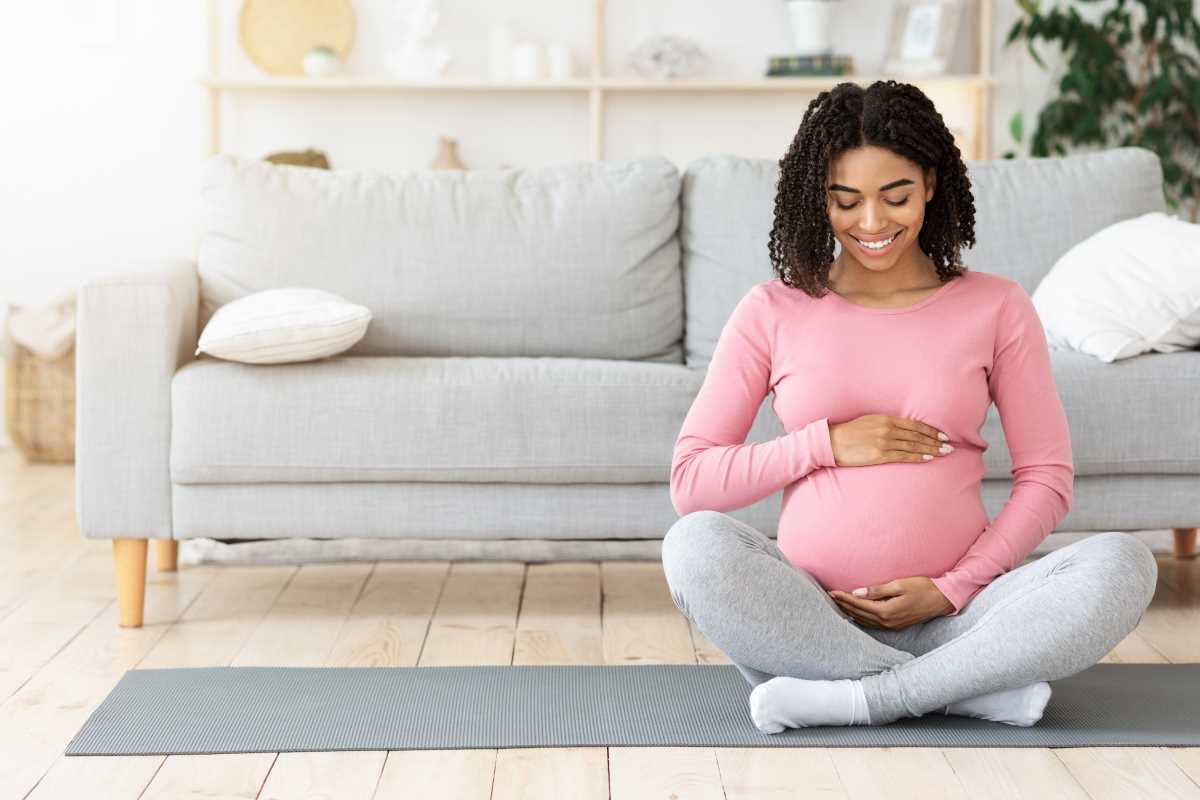Stress has become an unwelcome constant companion in our daily lives. Between work deadlines, family responsibilities, and the general pace of life, finding moments of calm can feel like a luxury. This is where aromatherapy steps in as a gentle, natural ally. Aromatherapy uses the power of scent to influence mood and promote relaxation through essential oils extracted from plants, flowers, and herbs. What makes this practice so appealing is its simplicity and accessibility. You don't need expensive equipment or complicated techniques to create your own stress-relieving blends at home. A few carefully chosen essential oils can transform your living space into a personal sanctuary. The beauty of DIY aromatherapy lies in its flexibility—you can customize blends to match your preferences and needs, creating personalized solutions for different times of day or types of stress. This guide will walk you through creating effective aromatherapy blends that can help you unwind, focus, and find your center.
Understanding Essential Oils and Their Powers
Essential oils are concentrated plant extracts that capture the natural fragrance and beneficial properties of their source. When you smell lavender, peppermint, or eucalyptus, your olfactory system sends signals directly to your brain's limbic system, which controls emotions and memories. This direct connection is why certain scents can instantly transport you to a peaceful state or energize you when you're feeling sluggish.
Different essential oils have distinct properties that make them useful for various aspects of stress relief. Some oils are naturally calming and sedating, perfect for evening relaxation. Others are uplifting and energizing, ideal for combating the mental fatigue that comes with chronic stress. Understanding these properties helps you choose the right oils for your specific needs and create blends that work effectively together.
Essential Oils for Stress Relief: Your Starter Kit
Building a basic collection of stress-fighting essential oils doesn't require a huge investment. Start with these versatile options that work well alone or in combinations.
Lavender is perhaps the most famous stress-busting oil, known for its deeply calming and sleep-promoting qualities. Its gentle floral scent helps quiet an overactive mind and prepare the body for rest.
Bergamot offers a citrusy freshness that lifts mood while simultaneously promoting relaxation. This unique combination makes it perfect for daytime stress relief when you need to stay alert but calm.
Chamomile provides gentle, soothing properties similar to the tea version of this herb. It's particularly helpful for anxiety and nervous tension.
Ylang-ylang has a sweet, exotic floral scent that can help lower blood pressure and heart rate, making it excellent for moments of acute stress.
Frankincense has been used for centuries in meditation and spiritual practices. Its woody, resinous scent promotes deep breathing and introspection.
Simple Stress-Relief Blend Recipes
Creating effective aromatherapy blends is easier than you might think. Here are several tried-and-tested recipes that you can make at home.
Evening Wind-Down Blend
- 4 drops lavender
- 2 drops chamomile
- 1 drop ylang-ylang
This gentle combination helps signal to your body that it's time to relax. Use it in a diffuser about an hour before bedtime, or add to a carrier oil for a calming massage blend.
Midday Reset Blend
- 3 drops bergamot
- 2 drops lavender
- 2 drops frankincense
Perfect for those moments when afternoon stress threatens to overwhelm you. This blend provides calm focus without drowsiness, helping you tackle the rest of your day with renewed peace.
Quick Anxiety Relief Blend
- 3 drops lavender
- 2 drops bergamot
- 1 drop ylang-ylang
Keep this blend ready for moments when stress spikes unexpectedly. It works quickly to help restore emotional balance.
Blending Tips for Success
Creating effective aromatherapy blends involves more than just mixing oils together. Start with small batches—you can always make more if you love the results. Begin with the recipe amounts listed above, then adjust to your personal preferences. Some people prefer stronger lavender scents, while others might want more citrus notes.
When blending, add oils one drop at a time. Essential oils are potent, and it's much easier to add more than to fix an overpowering blend. Let your blends sit for a few hours or overnight before using them, as the oils need time to marry and develop their full scent profile.
Keep detailed notes about what you create. Write down the exact number of drops of each oil you used, and note how the blend made you feel. This helps you replicate successful combinations and avoid less effective ones.
Putting Your Blends to Work
The most common way to enjoy aromatherapy blends is through diffusion. Add 5-8 drops of your blend to a diffuser with water, and let the scent fill your space. If you don't have a diffuser, you can add a few drops to a bowl of steaming water or even to a cotton ball placed near your workspace.
For portable stress relief, create a roller blend by mixing your essential oil recipe with a carrier oil like jojoba or sweet almond oil in a small roller bottle. Apply to pulse points like wrists and temples when you need quick relief.
Bath time offers another perfect opportunity for aromatherapy. Add 5-6 drops of your stress-relief blend to a tablespoon of carrier oil, then mix into warm bath water for a deeply relaxing soak.
Creating your own aromatherapy blends for stress relief is a simple yet powerful way to take control of your well-being. With just a few essential oils and some experimentation, you can develop personalized solutions that help you navigate daily stress with greater ease and grace.







